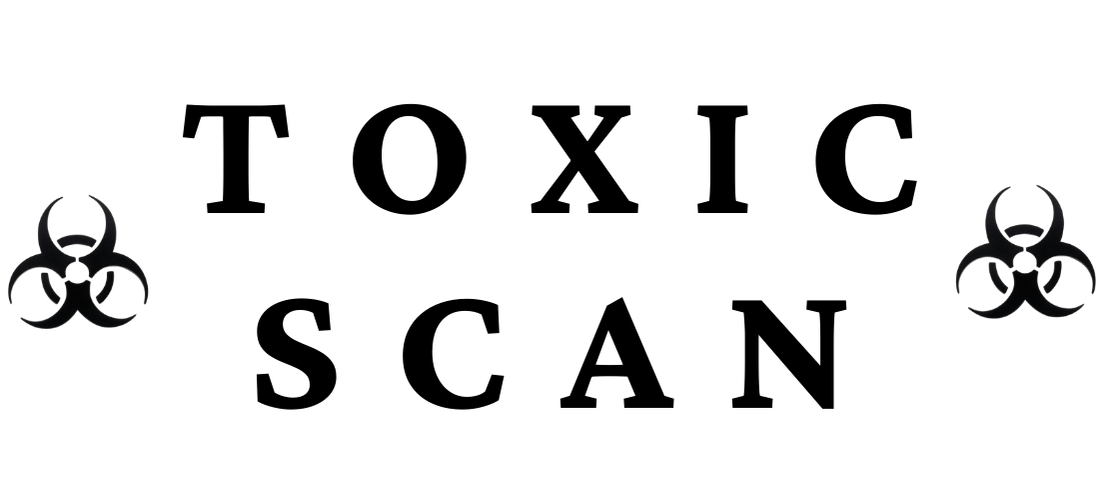How to Identify Toxic Chemicals in Everyday Products
Many everyday products we bring into our homes contain potentially harmful chemicals that can affect our health and well-being. Learning to identify these substances is the first step toward creating a safer environment for yourself and your family.
Why Should You Care About Toxic Chemicals?
Exposure to certain chemicals has been linked to various health concerns, including:
- Hormone disruption
- Respiratory issues
- Skin irritation and allergies
- Neurological problems
- Increased cancer risk
Even low-level, long-term exposure to some chemicals can have cumulative effects over time.
Reading Product Labels Effectively
Understanding Ingredient Lists
When examining products, pay attention to these red flags:
- Fragrance or Parfum: This catch-all term can hide dozens of undisclosed chemicals, many with potential health concerns.
- Long, Chemical-Sounding Names: While not all complex chemical names indicate danger, be especially wary of ingredients like phthalates, parabens, and formaldehyde-releasing preservatives.
- Vague Terminology: Terms like "preservatives" without specific identifiers may conceal problematic ingredients.
Common Toxic Chemicals to Watch For
In Personal Care Products
-
Parabens (methylparaben, propylparaben, etc.)
- Function: Preservatives
- Concerns: Hormone disruption, potential links to breast cancer
- Common in: Shampoos, lotions, makeup, deodorants
-
Phthalates
- Function: Fragrance fixatives, plasticizers
- Concerns: Reproductive harm, hormone disruption
- Common in: Fragranced products, nail polish
-
Triclosan
- Function: Antimicrobial
- Concerns: Hormone disruption, contribution to antibiotic resistance
- Common in: Antibacterial soaps, toothpaste, deodorants
In Household Cleaners
-
Ammonia
- Function: Cleaning agent
- Concerns: Respiratory irritant, especially problematic for asthma sufferers
- Common in: Glass cleaners, all-purpose cleaners
-
Sodium Hypochlorite (Bleach)
- Function: Disinfectant, stain remover
- Concerns: Respiratory irritation, can form toxic compounds when mixed with other cleaners
- Common in: Disinfectants, whitening products
-
2-Butoxyethanol
- Function: Solvent
- Concerns: Respiratory and eye irritation, potential organ damage with high exposure
- Common in: All-purpose cleaners, glass cleaners
In Food Packaging
-
Bisphenol A (BPA)
- Function: Hardening plastic, lining food cans
- Concerns: Hormone disruption, potential developmental effects
- Common in: Plastic containers, can linings
-
Per- and Polyfluoroalkyl Substances (PFAS)
- Function: Grease and water resistance
- Concerns: Persistent environmental pollutants linked to immune effects and cancer
- Common in: Food wrappers, microwave popcorn bags, nonstick cookware
Using Technology to Identify Toxic Ingredients
Several smartphone apps can help you evaluate product safety:
- EWG's Healthy Living: Rates personal care products and food based on ingredient safety
- Think Dirty: Scans product barcodes to provide toxicity ratings
- Detox Me: Offers guidance on reducing chemical exposures across multiple product categories
Safer Alternatives
When possible, look for products with these certifications:
- USDA Organic (for food and textiles)
- Environmental Working Group (EWG) Verified
- Made Safe Certified
- GOTS Certified (for textiles)
Conclusion
Becoming aware of potentially harmful chemicals in everyday products is empowering. By taking the time to read labels, research ingredients of concern, and choose safer alternatives, you can significantly reduce your exposure to toxic substances and create a healthier home environment.
Remember that perfection isn't necessary - even small changes to reduce your chemical exposure can make a meaningful difference in your long-term health.
References
- Environmental Working Group (EWG). (2023). "Skin Deep Cosmetics Database." Environmental Working Group. https://www.ewg.org/skindeep/
- Zota, A. R., & Shamasunder, B. (2022). "The environmental injustice of beauty: framing chemical exposures from beauty products as a health disparities concern." American Journal of Obstetrics and Gynecology, 217(4), 418-420.
- National Institute of Environmental Health Sciences. (2024). "Endocrine Disruptors." National Institutes of Health. https://www.niehs.nih.gov/health/topics/agents/endocrine 4. Dodson, R. E., et al. (2021). "Consumer Product Chemicals in Indoor Dust: A Quantitative Meta-analysis of U.S. Studies." Environmental Science & Technology, 50(19), 10661-10672.
- U.S. Food and Drug Administration. (2024). "Bisphenol A (BPA): Use in Food Contact Application." FDA. https://www.fda.gov/food/food-additives-petitions/bisphenol-bpa-use-food-contact-application

